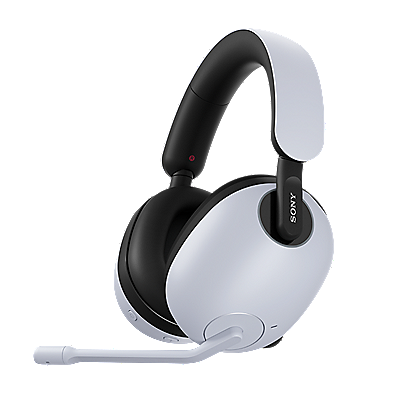General information about connecting a TV to a computer for use as a monitor using a cable.
This page describes how to connect via cable. To connect wirelessly, refer to the article How to wirelessly display computer content on the Bravia TV screen.
Depending on the ports available on your television and computer, it may be possible to connect your television to a computer for use as a monitor. First, we examine the types of video ports you should be looking for:
- A: HDMI
- B: VGA (RGB)
- C: S-Video
- D: Component Video
- E: Composite Video
- F: DVI
IMPORTANT: When connecting a notebook computer, it may be necessary to press a function key combination - such as the FN+F7 keys on VAIO notebook computers - or other key combination in order for the notebook computer to output the video signal.
Note: For model-specific information regarding the use of a VAIO computer, refer to the operating instructions supplied with the product.
If your television and computer both have a matching video port, then you can simply connect both devices by using the appropriate type of cable. For example, if the computer uses a DVI port to output the video signal and the TV has a DVI port for receiving the video signal, then all you need to do is connect a DVI cable to both of the DVI ports; the same applies to the other types of ports.
One important thing to know is that the video quality displayed on the television will be determined by the connection method used to connect the computer. For the best video quality, try using a VGA, DVI, HDMI, or Component Video connection; S-Video and Composite Video can be used, but do not provide as high of a resolution. However, your connection options may be limited by the types of ports available on both devices.
The computer and television may not have any matching ports. If this is the case, it will be necessary to do one of the following:
- Install a video card in the computer that has a matching port like the one found on the television.
Note: If using an Apple iMac computer, a Thunderbolt adapter may be required to output a HDMI connection or a DVI connection. Visit the Apple website or contact Apple support for further assistance connecting an Apple iMac or other Apple computer. - Purchase a video converter.
Notes:
- A DVI-to-HDMI cable or a DVI-to-HDMI converter is not supported or guaranteed when attempting to connect a computer that has a DVI output and the TV has a HDMI connection.
- Video converters can be purchased from local and online computer retailers.
Although both options are fine, rather than installing a new video card in the computer, it may be easier to simply connect a video converter. Since most computers use a VGA/RGB port to output the video signal, you will probably need to use a VGA converter to pass the signal to the television. Use one of the following types of converters depending on the video input available on your television:
- VGA-to-DVI
- VGA-to-HDMI
- VGA-to-Component Video
- VGA-to-S-Video
- VGA-to-Composite Video
Whether installing a different video card or using a video converter, it is important to make sure that the computer can output the video resolution properly. You should check the instruction manual of your television to determine what resolution is supported and then configure the computer accordingly in the Display Properties section in the Control Panel of the operating system. Some of the more commonly used resolutions for televisions are 640x480 and 800x600.
Notes:
- As with VAIO computer, the instruction manuals for Sony televisions are also available online.
- Although the computer may be capable of outputting higher resolutions, the television may not be able to handle it. This can result in overscan which causes some of the screen information to be cut off or missing. On the other hand, for a widescreen or High-Definition TV (HDTV), it may be necessary to install software on the computer that supports higher resolutions.
In addition to the resolution, the computer must also use a scan frequency (also known as refresh rate) that is compatible with the television. Common scan frequencies are 50Hz, 60Hz, and sometimes 75Hz. Again, you should check the instruction manual of your television for this information.
WARNING! There is a risk of hardware damage. Using a scan frequency that is not supported can cause damage to the television or computer.
Now, let's talk about connections for sound. If the computer does not have any speakers connected, then you will need to connect an audio cable unless you are using an HDMI-to-HDMI connection. There are two types of audio ports we need to look for: a miniplug or composite audio jack.
- A: Composite Audio
- B: Mini-plug
- If the computer has a line out miniplug and the television has composite audio input jacks, use a miniplug-to-composite audio cable.
- If the computer has composite audio output jacks and television has composite audio input jacks, use a standard composite audio cable.
- If the computer has a 3.5 mm line-out miniplug and the television has a 3.5 mm line-in miniplug, use a miniplug-to-miniplug audio cable.
Note: The audio cables are capable of providing stereo sound (left and right channel audio) to the television and are available from most local and online computer or electronics retailers.






















